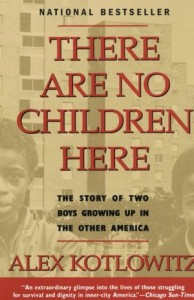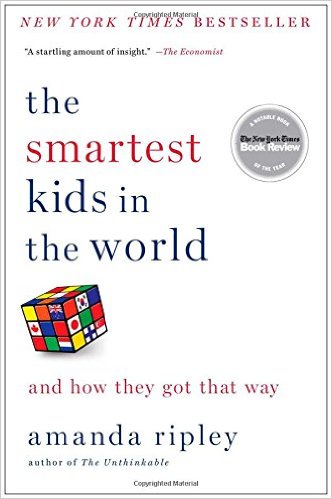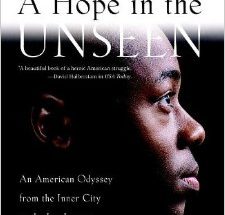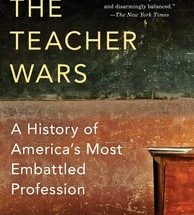 By the ages of 9 and 11, Pharaoh and Lafeyette Rivers knew they had to walk, not run, at the sound of gunfire. They stayed away from windows when shootings began. They realized that if they were drawn into gangs and violence, they would probably never leave the projects.
By the ages of 9 and 11, Pharaoh and Lafeyette Rivers knew they had to walk, not run, at the sound of gunfire. They stayed away from windows when shootings began. They realized that if they were drawn into gangs and violence, they would probably never leave the projects.
In There Are No Children Here: The Story Of Two Boys Growing Up In The Other America, Alex Kotlowitz follows these two brothers and their lives lived in deep poverty in Chicago’s subsidized housing projects.
Pharaoh and Lafeyette live in Henry Horner projects in Chicago with their mother, LaJoe, and an extended family of siblings and an absentee father. The book captures the rampant violence of the projects in the late 80s, interjected with moments of joy, grief and hope. On more than one occasion, the brothers face the death of friends, coping with their loss amidst trying to keep themselves sane and alive.
From the very first chapter, we get a glimpse Lafeyette and Pharaoh’s relationship – one that continues unchanged during the course of the story. The brothers have six siblings, yet Lafeyette cares for them like he’s their father. While he constantly bullies Pharaoh, mostly in a good-natured manner, Lafeyette, who is older, feels responsible for his brother, even though he was only 11 at the time.
While the violence that these children face is an integral part of the story’s narrative, the brothers’ rejection of it is often more poignant. Throughout the book, Pharaoh and Lafeyette make a concerted effort to stay away from the street life. They believe that their path out of the projects will be gun and drug free. Yet despite their best efforts, circumstances keep dragging them back in.
One of the most telling scenes of the book is when Pharaoh places second at his school’s spelling bee championship. But when he arrives home, award in hand, Pharaoh learns that a friend has been killed and his achievement goes almost unnoticed. Pharaoh makes every effort to be successful, but his attempts are often quashed by the violence of the street.
There Are No Children Here shows us the lives of two boys who faced death and violence every day, written at a time when such stories were not common. For them, it wasn’t something you read about in a small newspaper excerpt or heard on the evening news. It was real, and this book captures the perspective of individuals who, as LaJoe said, have “seen too much to be children.”



